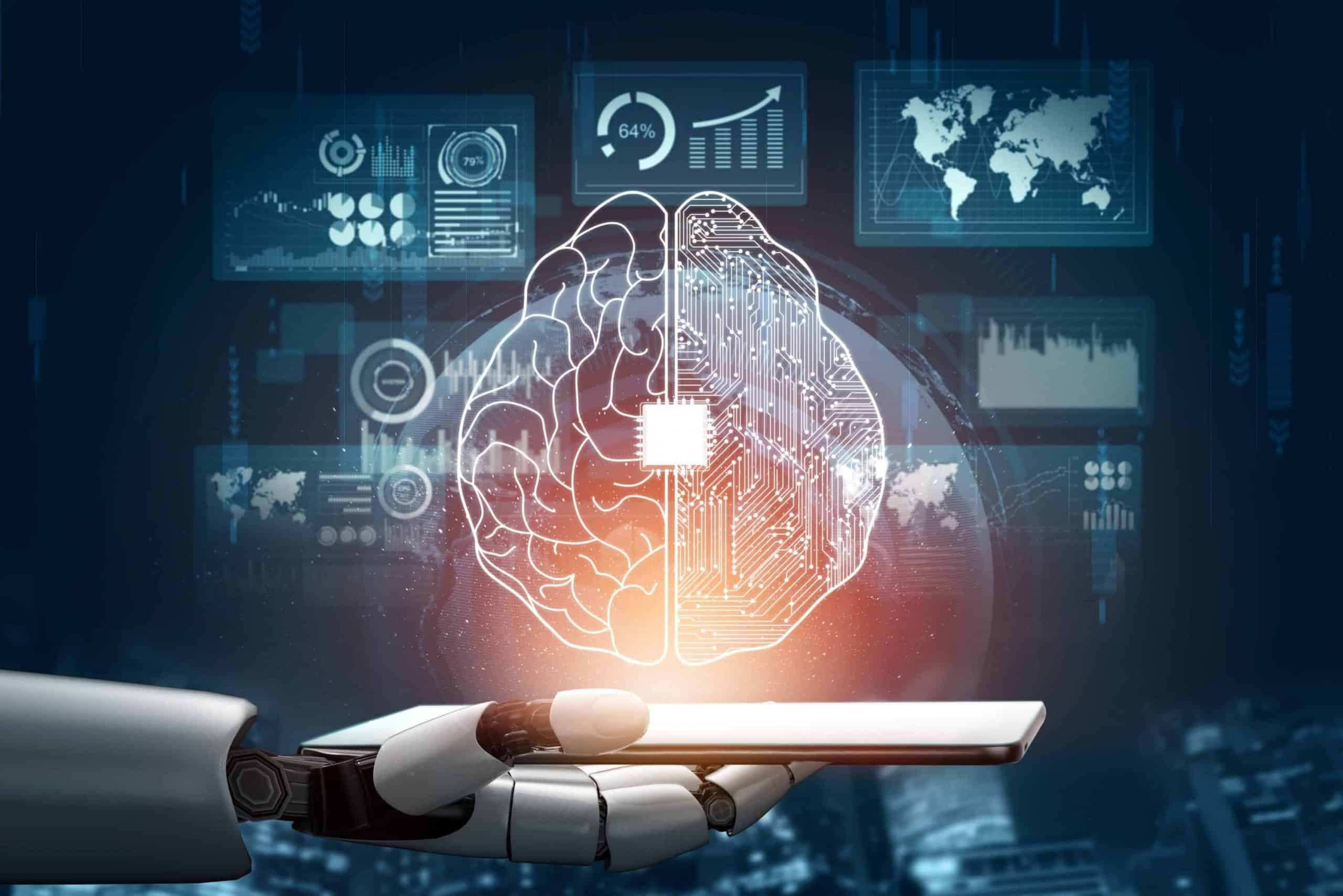Estimated reading time: 3 minutes
Integrating GenAI and Environmental Concerns
Corporations have increasingly embraced Generative AI (GenAI) in recent years across various business functions such as risk assessment, customer service, production, and accounting. However, this rapid adoption has raised valid concerns about the environmental impact of GenAI operations.
Understanding the Environmental Impact of GenAI
Carbon Emissions Comparison
A single GenAI model generates approximately 626,000 pounds of carbon dioxide during training, nearly five times the emissions of an average mid-sized car over its lifetime. Despite this alarming statistic, only a minority of business leaders recognize environmental sustainability as a top concern in GenAI deployment.
Continuous Emissions
Beyond training, emissions persist during inference, where models generate responses to user queries. This necessitates a strategic shift in considering energy usage concerning GenAI, emphasizing the importance of ecological sustainability alongside technological advancement.
Leveraging GenAI for Environmental Benefit
Integrated Vision
Companies must adopt a holistic approach to managing the environmental impact of GenAI throughout its lifecycle. This includes considering energy consumption and emissions from model creation, modification, and ongoing utilization.
Efficiency Gains
GenAI can contribute to environmental sustainability by optimizing business processes, leading to reduced physical infrastructure and travel-related emissions. Encouraging companies to recognize these potential offsets is crucial for maximizing the positive impact of GenAI while mitigating its environmental footprint.
Strategies for Sustainable GenAI Implementation
Assessment and Improvement
Companies should conduct assessments to evaluate the environmental impact of existing AI projects and identify areas for improvement. This involves promoting eco-friendly AI design choices and establishing clear governance protocols aligned with sustainability principles.
Metrics and Certifications
Establishing tangible metrics for tracking ecological benefits and providing certifications for eco-friendly AI solutions can incentivize sustainable practices. Peer-to-peer networks and knowledge exchange platforms can facilitate ongoing learning and promote environmental awareness among developers.
Innovative Approaches to Reduce GenAI’s Carbon Footprint
Renewable Energy Integration
Initiatives leveraging renewable energy to power data centers hosting AI operations show promise in reducing carbon emissions. Advancements in ultra-energy-efficient hardware offer further potential for enhancing the environmental sustainability of GenAI.
Algorithmic Efficiency
Ongoing research aims to develop leaner and smarter GenAI algorithms, aligning technological advancements with environmental objectives. Prospects, such as integrating GenAI with quantum computing, hold significant promise for further reducing carbon emissions and advancing sustainable AI applications.
Toward a Greener Future for GenAI
As GenAI continues to reshape industries, it is imperative to prioritize environmental sustainability in its development and deployment. By adopting a strategic approach that integrates eco-friendly practices, companies can harness the transformative power of GenAI while minimizing its carbon footprint. Through collaborative efforts and innovative solutions, we can pave the way for a greener, more sustainable future driven by intelligent AI technologies.





















Leave feedback about this